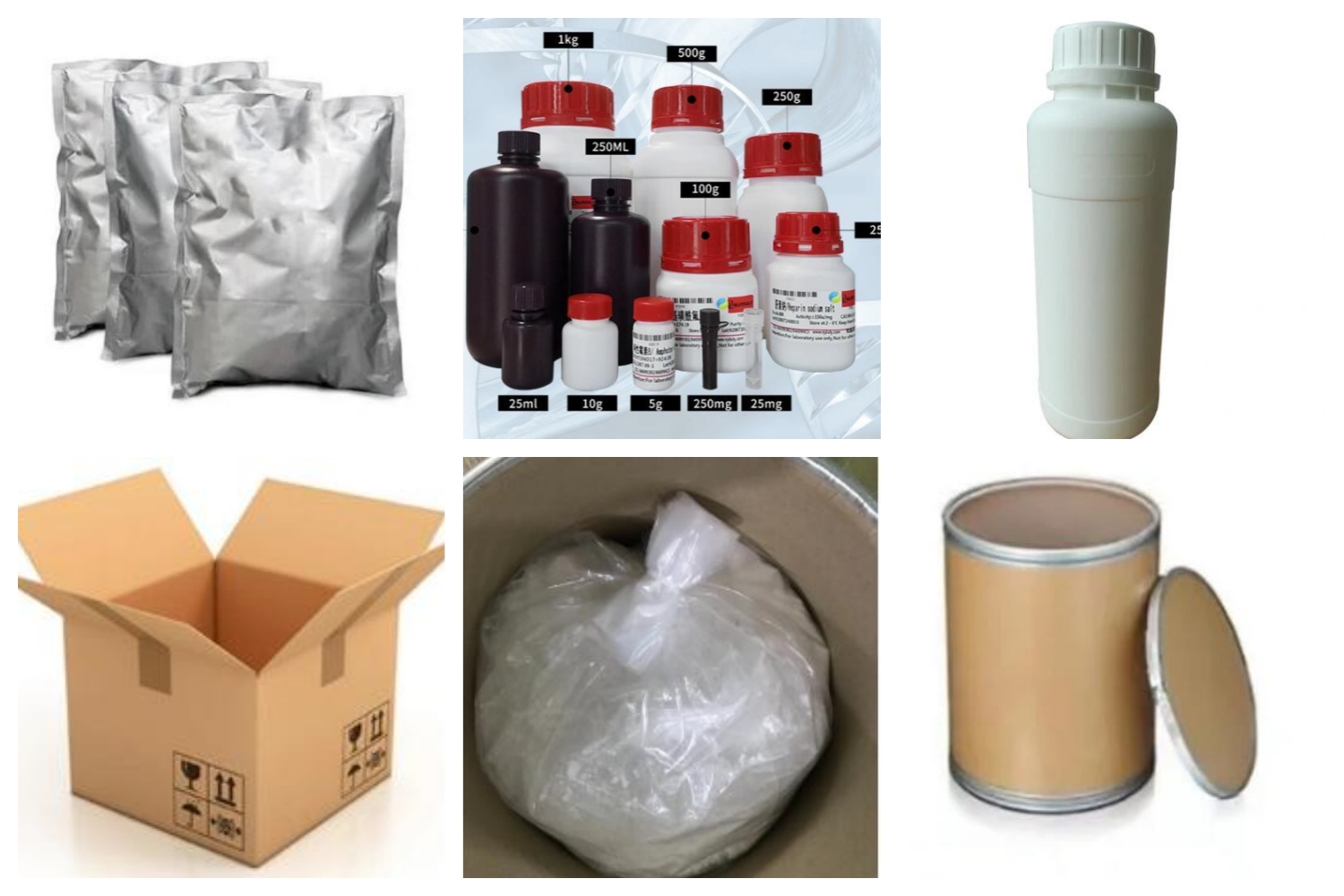Application and Effect
Mechanism of action: Gentamicin Sulfate works by disrupting the production of proteins in bacterial cells, which ultimately leads to the death of the bacteria.2. Spectrum of activity: It is effective against a wide range of Gram-negative bacteria, including Escherichia coli, Pseudomonas aeruginosa, and Klebsiella pneumoniae. It is also used in combination with other antibiotics to treat certain Gram-positive bacterial infections. Route of administration: Gentamicin Sulfate can be given intravenously (IV), intramuscularly (IM), or topically depending on the type and severity of the infection. The appropriate route of administration is determined by a healthcare professional. Clinical applications: Gentamicin Sulfate is commonly used to treat infections in various parts of the body, including respiratory tract, urinary tract, skin, soft tissue, bones, and joints. It is often used in hospital settings for serious and life-threatening infections. Combination therapy: In some cases, Gentamicin Sulfate is used in combination with other antibiotics, such as beta-lactams, to enhance its effectiveness and overcome bacterial resistance. Monitoring: It is important to monitor the levels of Gentamicin Sulfate in the blood to ensure proper dosing and avoid toxicity. Blood tests can be done to measure the drug levels and check kidney function as Gentamicin Sulfate can sometimes cause kidney damage.Product Packing:

Additional Information:
| Composition | C60H127N15O26S |
| Assay | 99% |
| Appearance | White powder |
| CAS No. | 1405-41-0 |
| Packing | Small and bulk |
| Shelf Life | 2 years |
| Storage | Store in cool and dry area |
| Certification | ISO. |
